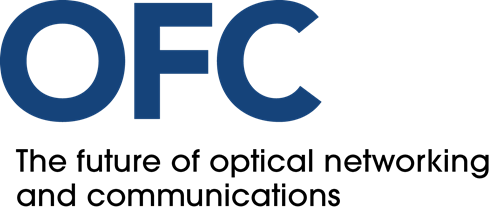SC217 - Applications of Radio-over-Fiber Technologies Including Future G Networks
16 Mar 2026
13:30 - 17:30
Short Course Level
Advanced Beginner
Short Course Description
The use of fiber-optic links for transporting radio signals in wireless networks is a well-established technology, and the convergence of optical and wireless networks continues to evolve. Fiber-optic remoting of radio signals is used in a diversity of wireless networks, including indoor/in-building distributed antenna systems and outdoor cellular networks. The benefits of creating end-to-end Integrated network solutions that can provide reliable service for both fixed and mobile users, have become well documented. Today the capabilities of wireless networks are progressing more rapidly than ever. The proliferation of connected high-capacity smart devices, as well as the increase in the number of broadband multimedia services available to the consumer, has led to an escalating demand for wireless access to high-speed data communications. The next generation Future G Network incorporating 5G+/6G technologies promises to deliver unprecedented data rates to the mobile user and the millimeter-wave and Terahertz frequency region is being actively pursued for the provision of these services. The realization of integrated optical/wireless networks that can reliably and cost-effectively support current and future capacity demands, traffic growth rates, new services, as well as multiple wireless standards, is presenting new challenges and opportunities for emerging radio-over-fiber technologies. The objective of this course is to provide participants with a fundamental understanding of technologies that enable the fiber-optic distribution of analog and digital radio signals and the variety of systems in which such links are being implemented. These applications include indoor distributed antenna systems, 5G/6G networks, as well as emerging high frequency wireless networks capable of providing
users with very high bandwidth services.
Short Course Benefits
This course should enable you to:
- Understand the different approaches for transporting radio signals over optical fiber.
- Understand the differences between digital and analog radio-over-fiber technologies and the systems in which they are being applied.
- Understand the technical challenges associated with realizing analog radio-over-fiber links.
- Understand the trade-offs with alternative radio-over-fiber system architectures.
- Learn the implementation opportunities for radio-over-fiber technologies in emerging Future G wireless network standards such as 5G+ and 6G.
Short Course Audience
This is an advanced beginner course for people working in either the optical or wireless telecommunication fields who wish to broaden their knowledge and learn how radio-over-fiber technologies are playing a role in the realization of emerging integrated optical/wireless networks.
-
Dalma Novak
Octane Wireless, United States
Dalma Novak is VP of Engineering at Octane Wireless located in MD, USA, a company focused on
developing advanced RF-over-fiber and antenna products. She is a Fellow of the IEEE and has over 30
years of experience working in the fields of optical and wireless telecommunications. She has published
more than 300 papers in these technical areas, including seven book chapters. Previously she held
positions at The University of Melbourne, Dorsal Networks, and Corvis Corporation. Dr. Novak received
her PhD in Electrical Engineering in 1992. She is a past member of the OFC Steering and Technical
Program Committees and a past President of the IEEE Photonics Society.
